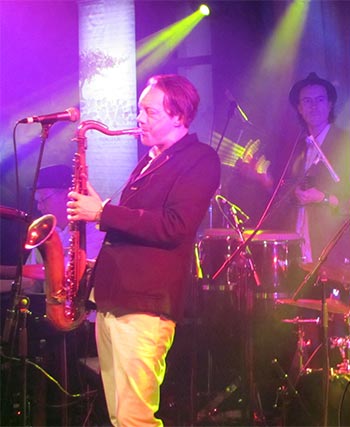Story summary
Early New Zealand jazz
Dances were popular with New Zealanders from colonial times, with dance bands providing the music. In 1916 the foxtrot was introduced, with its uneven rhythms. Soon jazz music began to be heard. Black American musicians had developed jazz from forms such as ragtime.
In the 1930s cabarets opened in most cities and provincial towns. Band leader Walter Smith (of Ngāti Kahungunu) had studied music in the United States. By 1927 his jazz band was playing regularly in Auckland. Robert Adams was another band leader whose group performed jazz. Epi Shalfoon and the Melody Boys played jazz at Auckland’s Crystal Palace Ballroom for 18 years.
Jazz in and after the Second World War
During the Second World War, US servicemen training in New Zealand encouraged an interest in jazz and introduced dance styles such as the jitterbug. After the war, jazz became music to listen to rather than to dance to. From 1950 international jazz artists played in New Zealand. Rock ’n’ roll arrived in the 1950s, and big swing bands were seen as old-fashioned. Social habits also changed, contributing to the decline of jazz bands: television began, and from 1967 bars stayed open after 6 p.m.
In 1963 the first National Jazz Festival was held in Tauranga. In 2014 it was still going, and was thought to be the world’s longest-running jazz festival on the same site. Festivals were later set up in other cities.
Late 20th and early 21st centuries
Several New Zealand musicians have become internationally well known. Pianist Mike Nock was playing professionally by age 16. In the late 1960s he became prominent in the US jazz scene.
By the 1980s jazz was a minority taste. Some performers introduced jazz elements into their music. From the 1990s some performers combined traditional Māori instruments (taonga puoro) with jazz.
The New Zealand Jazz Foundation was set up in 1980 to promote jazz education and jazz appreciation. Several universities ran courses, with a degree in jazz performance and composition at the School of Music in Wellington.





